On Friday, March 1, 2024, Dhaka, the capital of Bangladesh, once again finds itself holding the unfortunate title of the world's third most polluted city, with its Air Quality Index (AQI) skyrocketing to a concerning 198. This resurgence of high pollution levels plunges the city's residents back into the familiar struggle against hazy skies and the severe health risks associated with polluted air.
The severity of Dhaka's air quality crisis is underscored by the global toll of air pollution, with approximately seven million deaths attributed to this environmental hazard each year by the World Health Organization. These fatalities span a range of health conditions, including stroke, heart disease, chronic respiratory illnesses, and infections.
Dhaka's ranking as the third most polluted city places it among other urban centres grappling with significant air quality challenges, such as Delhi (India), Lahore (Pakistan), Kolkata (India), and Kathmandu (Nepal)also Bishkek (Kyrgyzstan) recorded AQI scores of 245, 201, 188, 178, and 175, respectively.
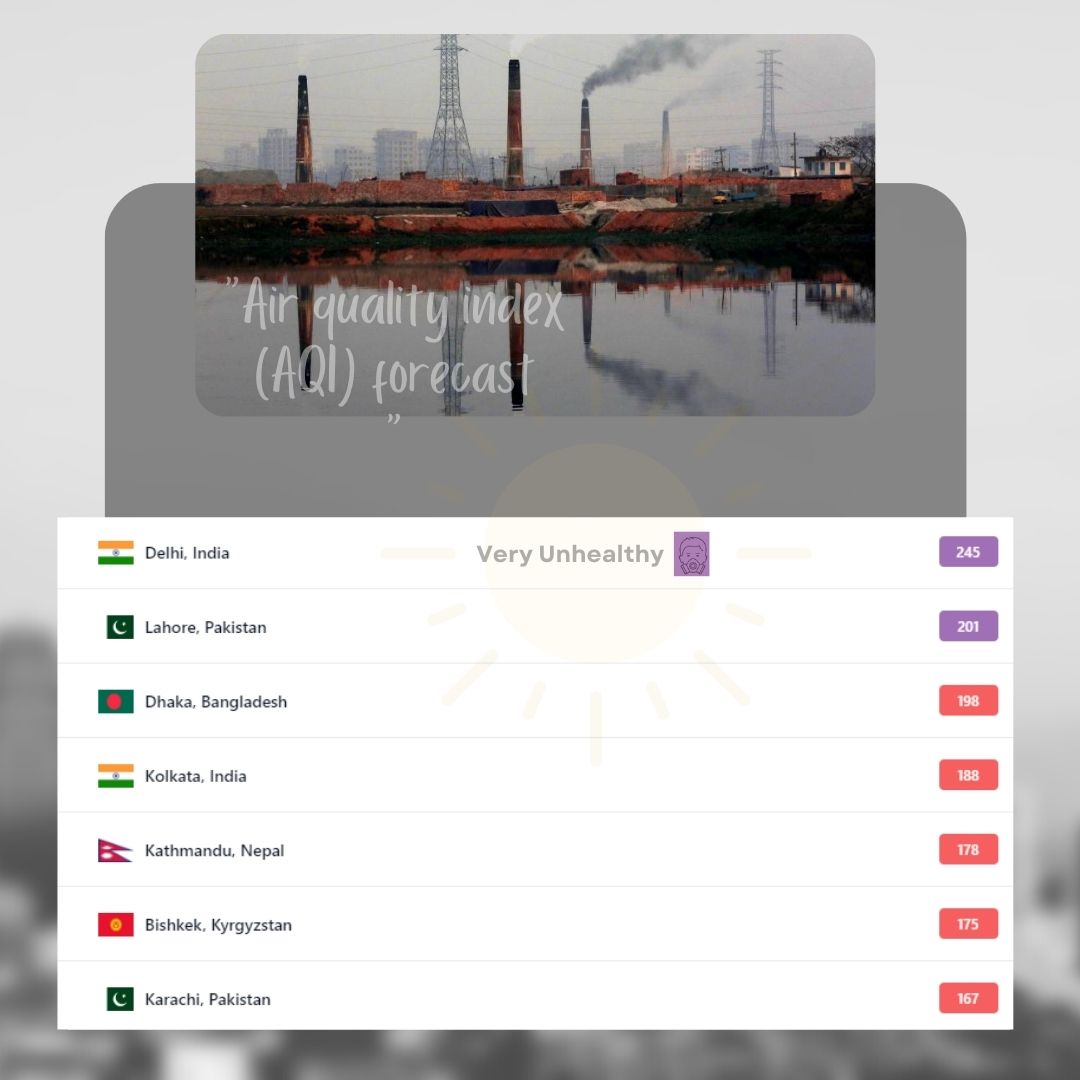
The city's air quality, particularly dire during winter, poses serious health risks to its inhabitants. The recent Dhaka AQI reading of 198 falls into the "Unhealthy" category, raising substantial concerns for public health. An AQI ranging from 201 to 300 is classified as "very unhealthy," while levels surpassing 301 are deemed "hazardous," carrying severe health implications.
The issue of air pollution in Dhaka has long been entrenched, with winter exacerbating the problem. Notably, Dhaka's PM2.5 level stands at 106.2µg/m³, surpassing the World Health Organization's recommended threshold by an alarming 21.2 times.



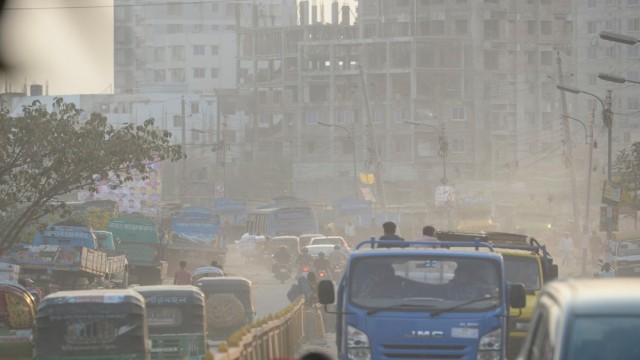
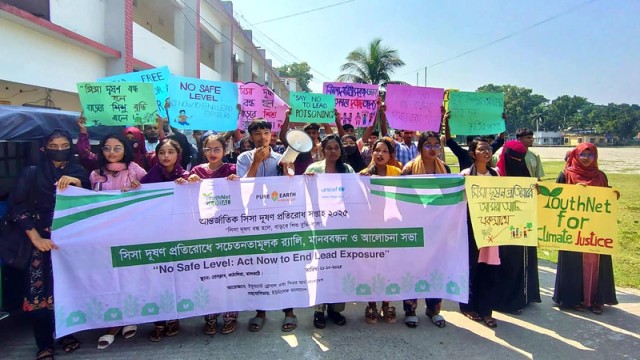
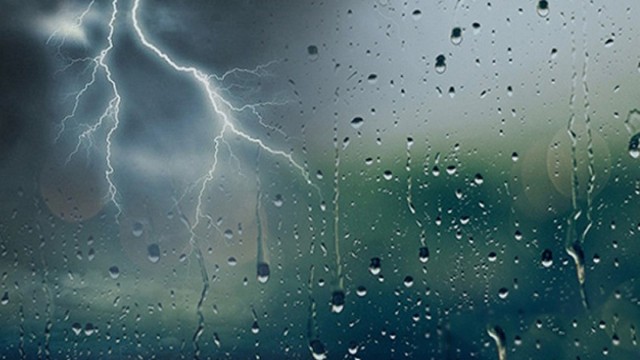



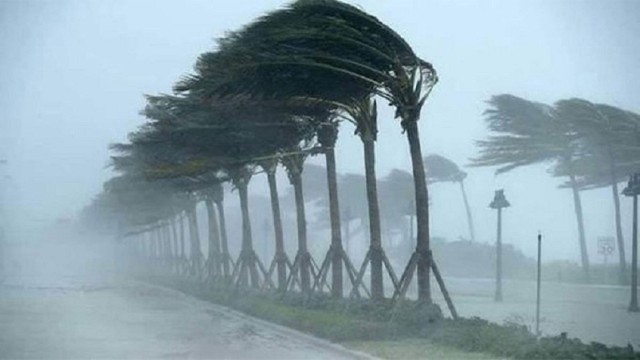





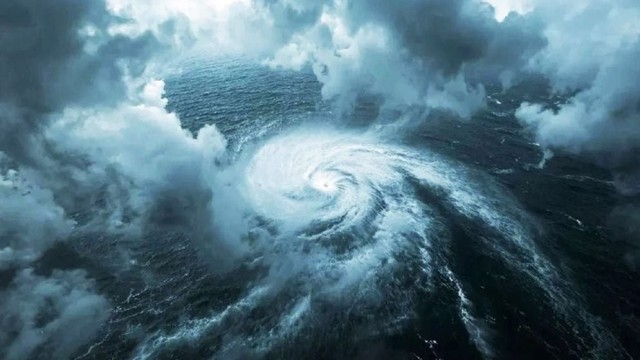



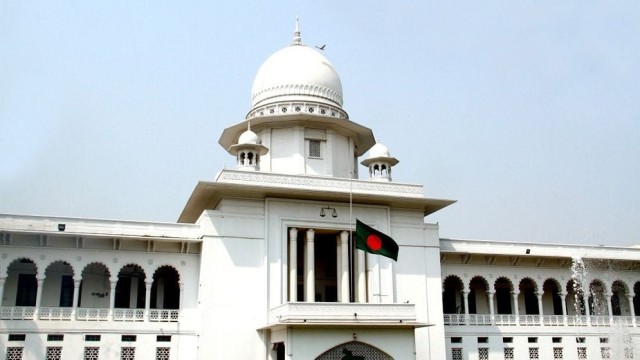





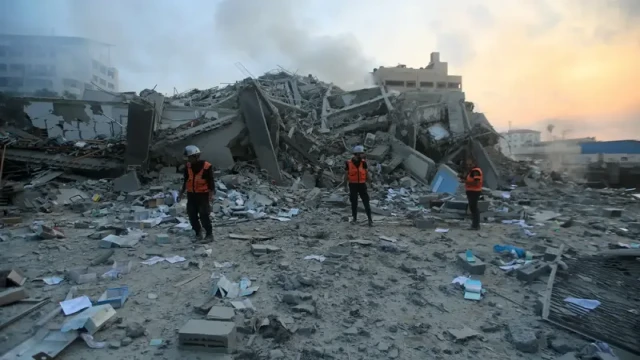



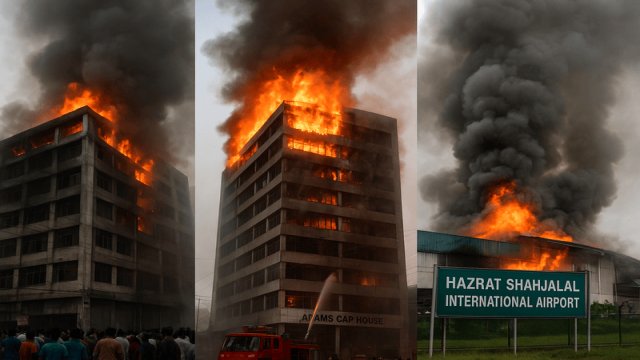
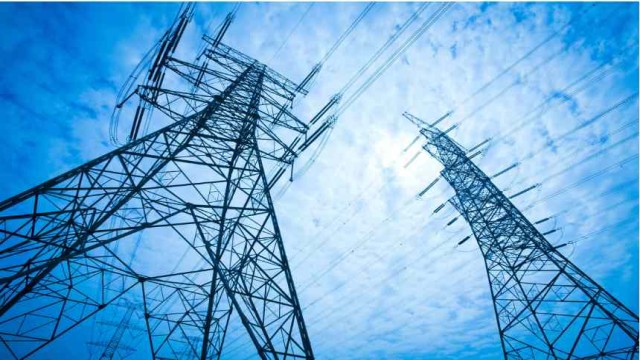
Comment: